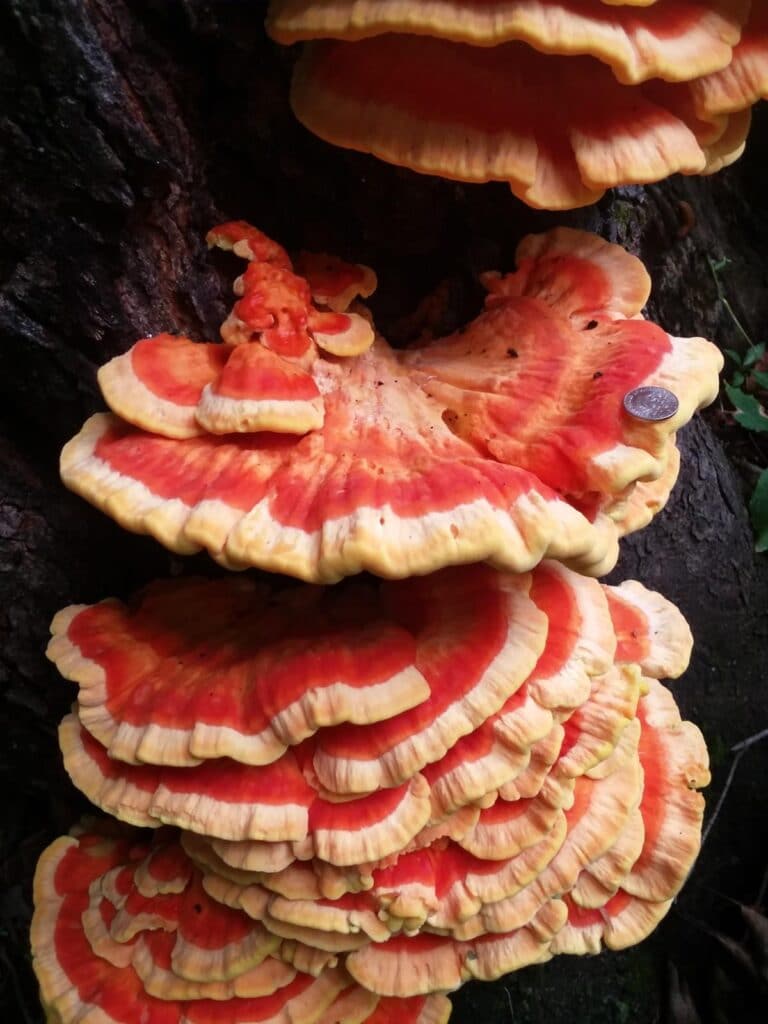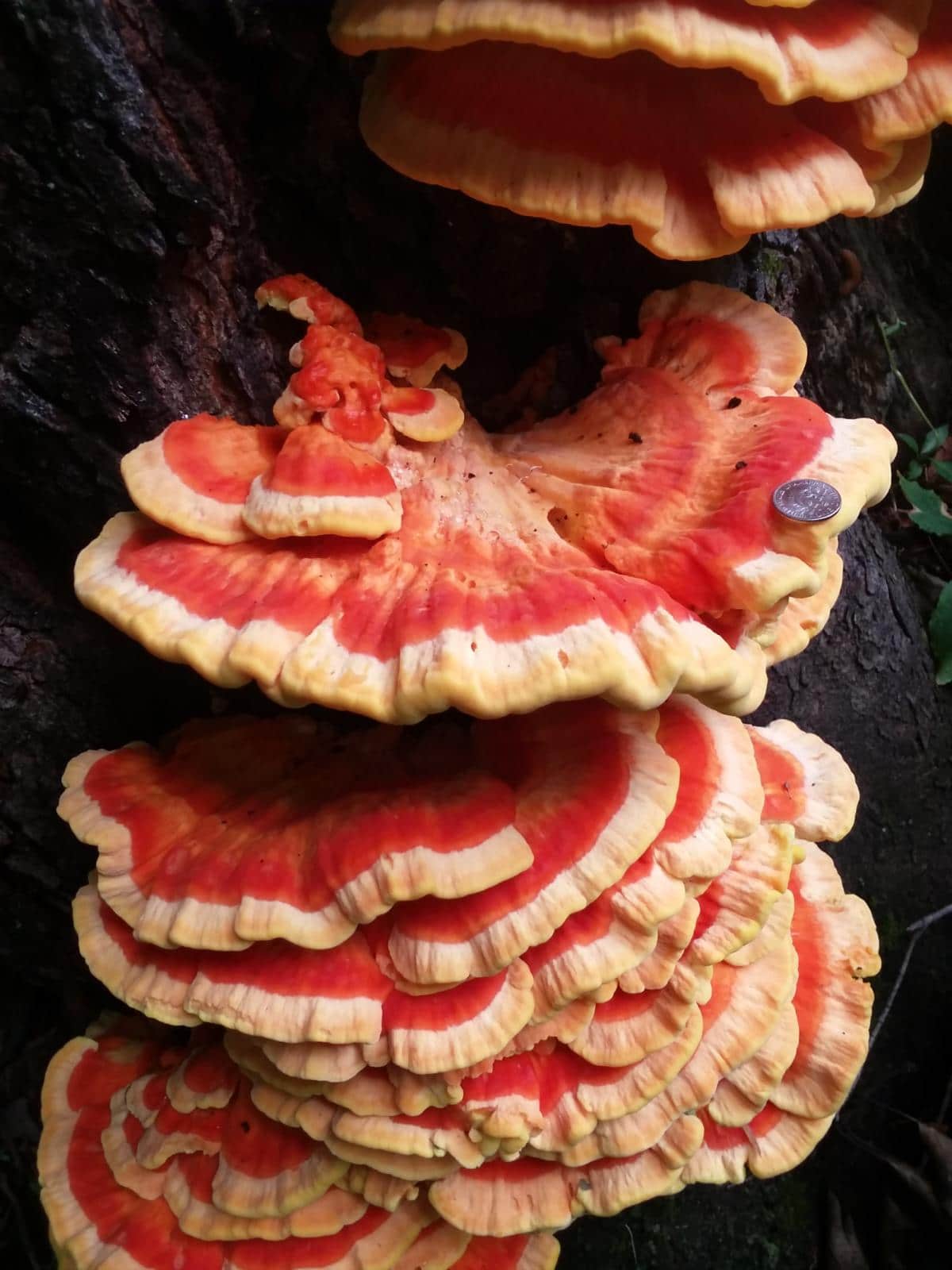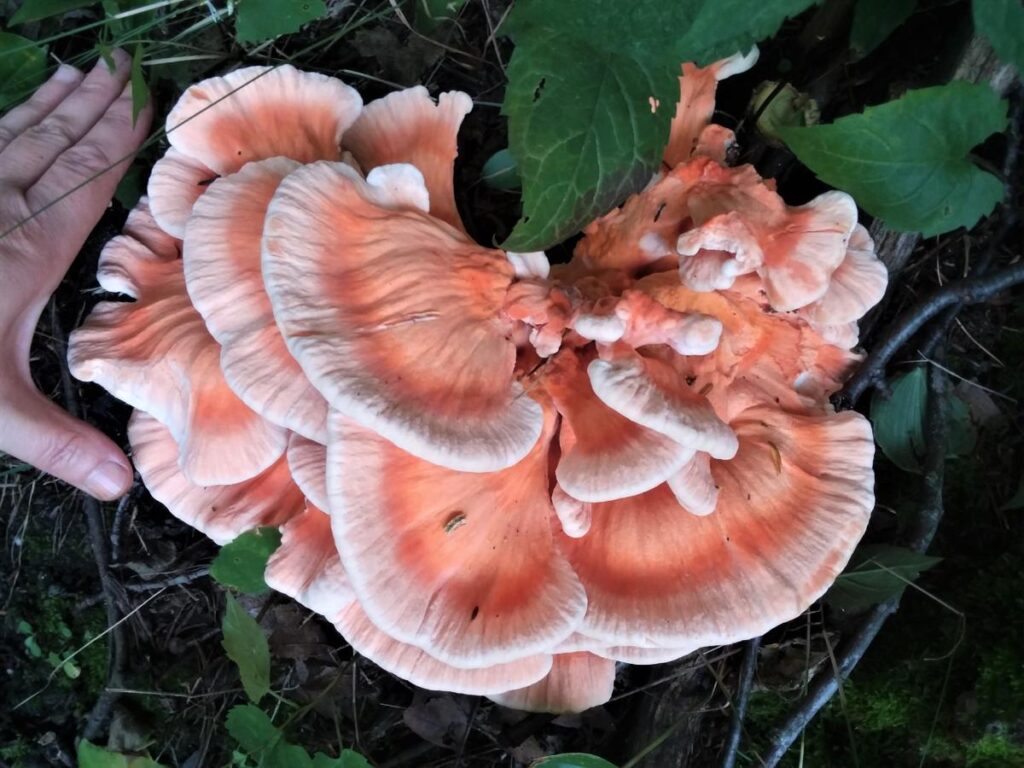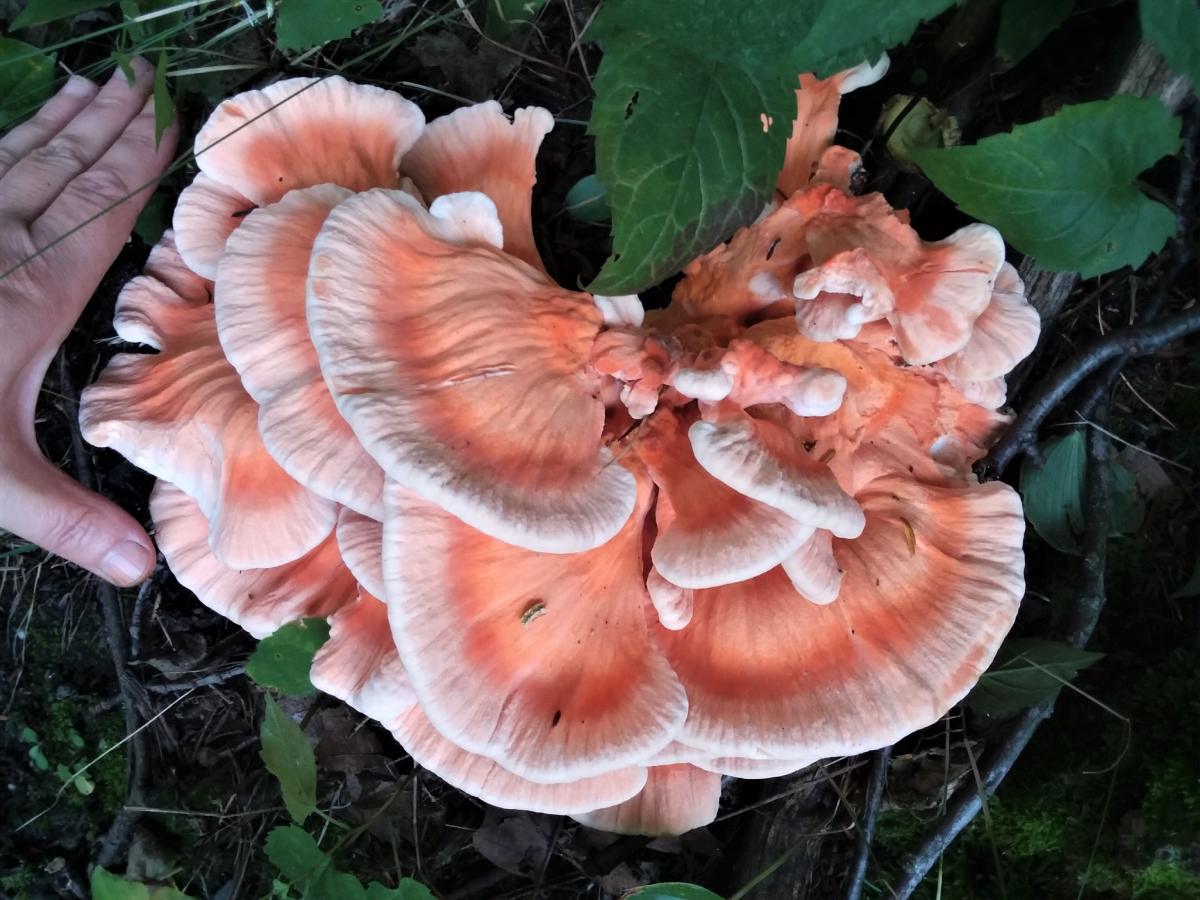The Seven North American Chicken of the Woods Species
Fungi in North America are always a bit behind when it comes to the identification and separation of species. Only recently have biologists and mycologists begun to recognize that the species in North America are genetically different from Europe. Much of this new interest is partly due to our DNA sequencing ability, which opens up whole new worlds of fungi exploration and classification.
As recently as 2001, three new Laetiporus species were identified in North America. These species weren’t new in that they hadn’t been discovered – folks have been foraging them for centuries. But, everyone assumed they were all L.sulphureus, the most well-known Chicken of the woods.
East Coast

Laetiporus sulphureus – This is the type species for Chicken of the woods – it is the primary example of what Chicken of the woods looks like and how it grows. When people talk about Chicken of the woods, this is the specific one they are referring to. L. sulphureus grows in eastern North America, primarily on oak trees. It will also grow on other hardwoods, like cherry, pear, poplar, willows, locusts, and beech.
The most distinctive feature is the bright orange to yellow cap coloring and brilliant yellow spores. Its flesh is soft and thick but gets denser and tough with maturity. The caps often are multi-colored, with deep orange center zones that get lighter towards the edge before turning yellow or white. This species is also found across Europe.


Laetiporus cincinnatus – Unlike other Chicken of the woods, which cause brown rot anywhere on the tree, L. cincinnatus causes butt or root rot. This means it is only found at the base of trees, never further up the trunk. It’s also known to emerge from buried roots far from a tree, which gives the appearance of it being terrestrial. It is not, though, and there are certainly roots below the fruiting body.
Due to its unique growth location, L. cincinnatus develops as a rosette of caps instead of stacked shelves or brackets. The cap of L. cincinnatus is a peachy orange instead of bright orange, and the spores are white or cream. It grows on or around oak trees (almost exclusively) and is found east of the Great Plains.
Laetiporus huroniensis – One of the newly classified Chicken of the woods, L. huroniensis is found in the northeastern United States and northern Midwest. It appears on old-growth conifer logs and is the classic bright orange fungus with pale yellow pores.

Laetiporus persicinus – The white Chicken of the woods, the odd one out that defies the species norm. L. persicinus grows on hardwood and softwood trees and features a white to salmon-pink cap that darkens to deep brown and has white pores. Its range includes the southeastern United States, the Caribbean, Asia, Australia, and South America.











































